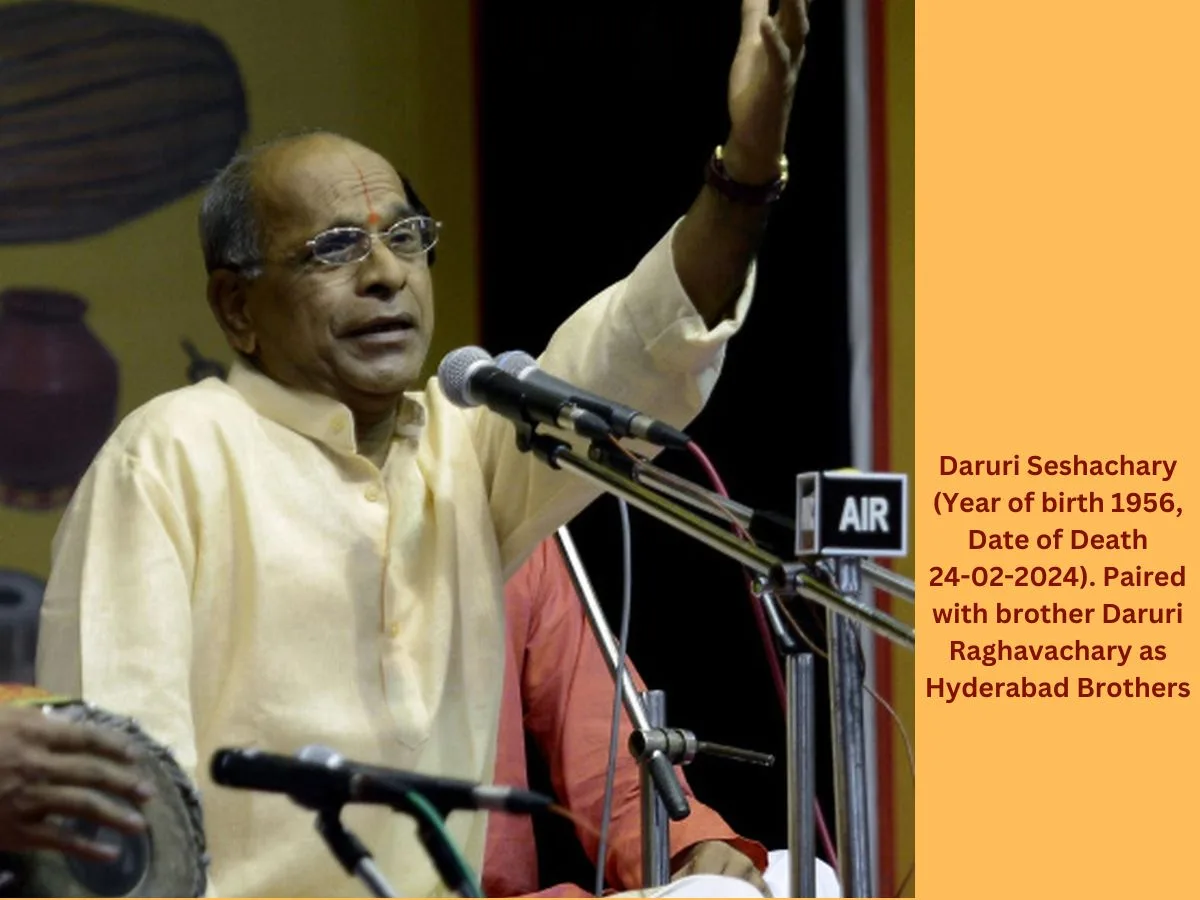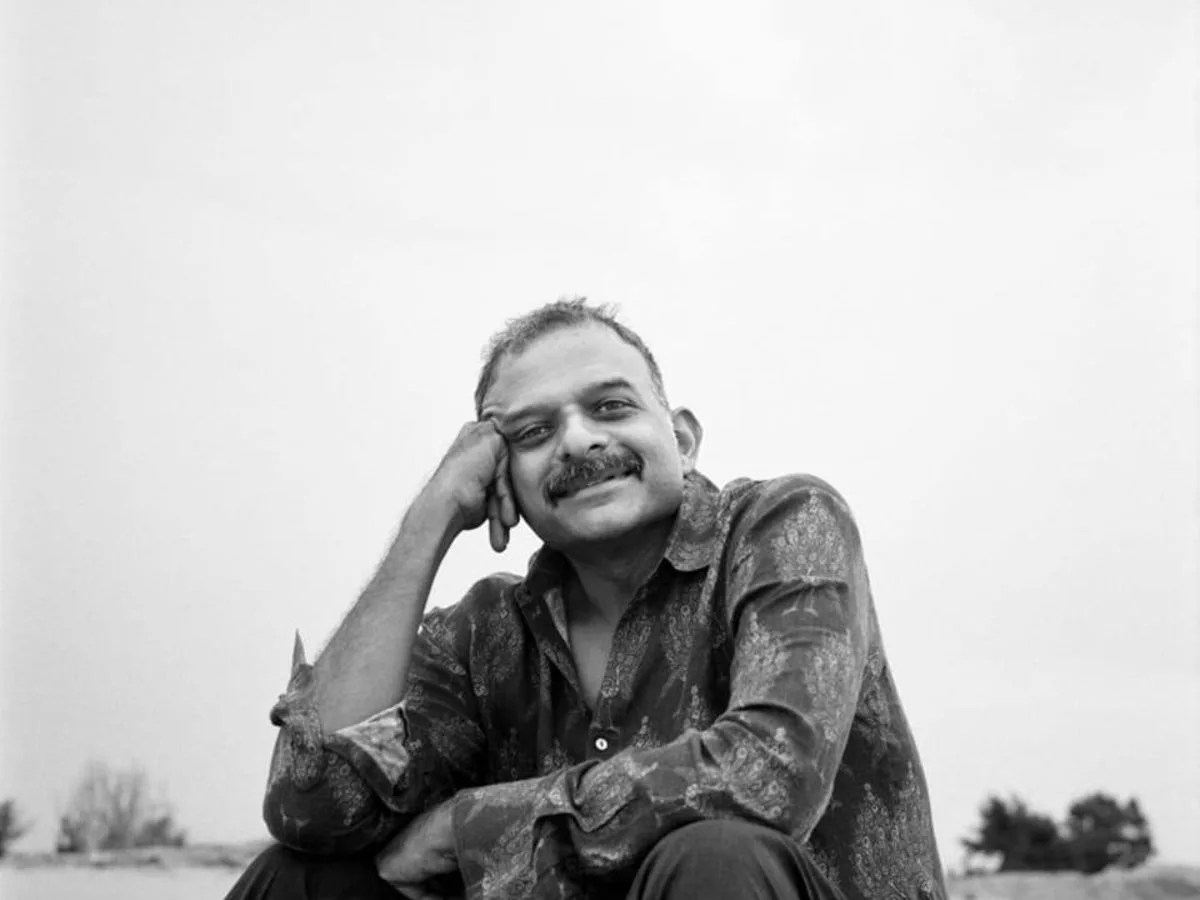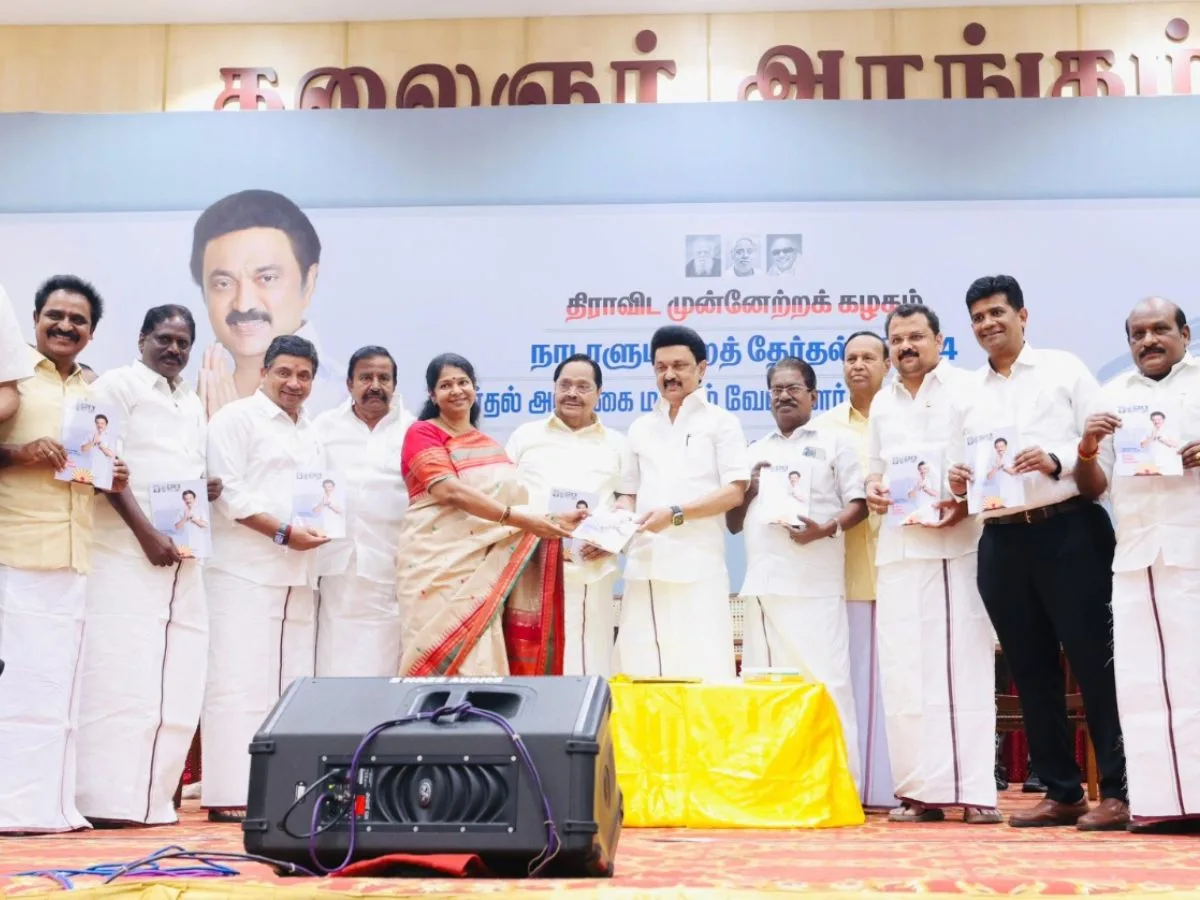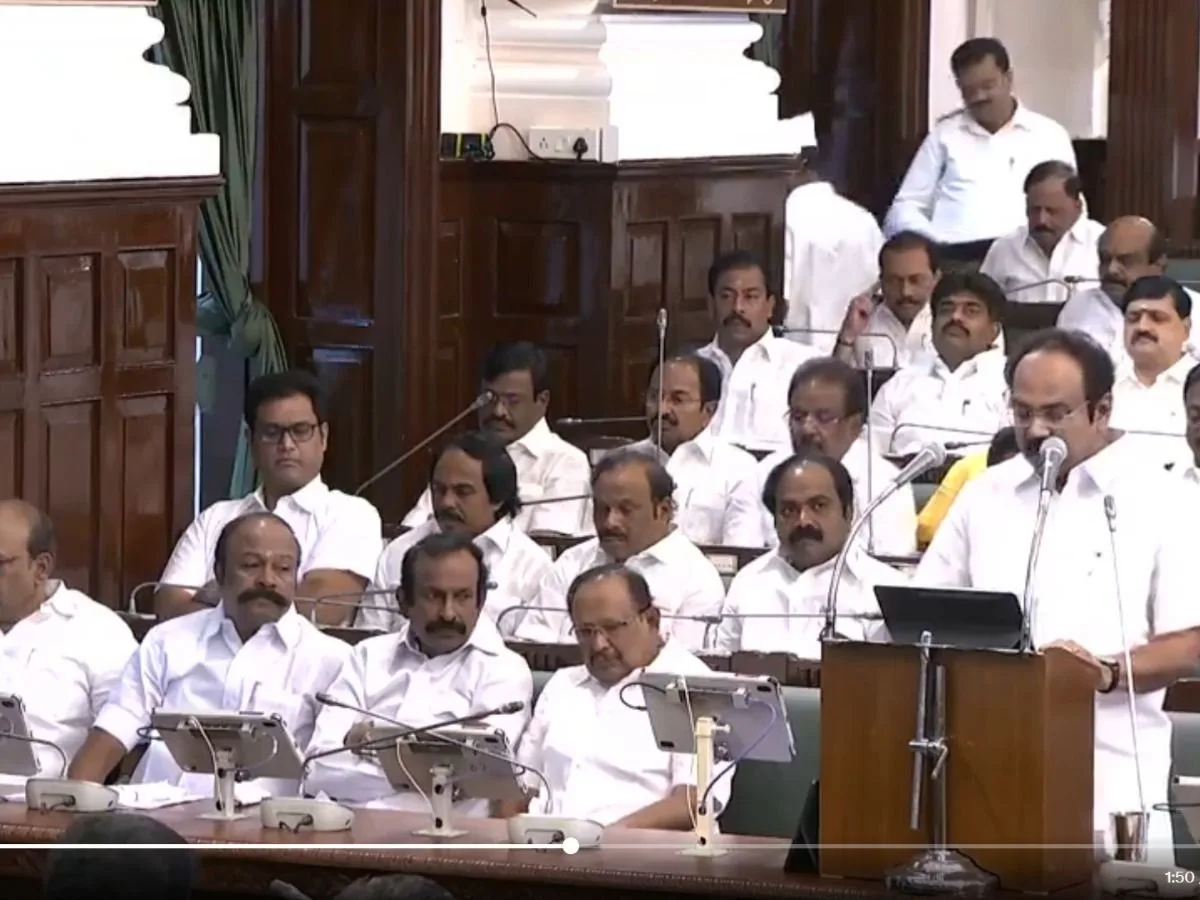Read in : தமிழ்
The Union Budget this year has set aside Rs 46,605 crores for interlinking of the Godavari, Krishna, Cauvery and Penna rivers. Union Finance Minister Nirmala Sitharaman said that the Centre will sanction funds if the states concerned cooperate with the river linking project. Retired professor S Janakarajan of the Madras Institute of Development Studies says that since the implementation of the project depends on the cooperation of states, it may not happen.
Janakarajan says river interlinking involves five states altogether namely Maharashtra, Karnataka, Telangana, Andhra Pradesh and Tamil Nadu. Even if Tamil Nadu renders all support for river interlinking, one can’t expect the same cooperation from other states. Tamil Nadu may feel that river interlinking will assure more water supply but Maharashtra is reluctant to share Godavari waters, the retired professor says. The upper riparian state fears that the drought-like conditions along the Godavari belt may worsen in future and that they will need more water.

Retired professor S Janakarajan of the Madras Institute of Development Studies says the Centre has been smart to insert a clause that the interlinking will be taken up only if the states cooperate, leaving the onus on the states.
Telangana and Maharashtra have locked horns over river-water sharing when it comes to Godavari. Karnataka and Telangana too have some river water disputes over the river, says Janakarajan.
River interlinking is divided into Phase 1 and Phase 2. In Phase 1, the Mahanadhi flowing through Chhattisgarh and Odisha have to be interlinked. Phase 2 involves the linking of the Godavari with Krishna and Penna. Telangana is adamant that it won’t agree to share water until Phase 1 is completed. It can share water downstream only when Godavari gets excess water from Mahanadhi, it says. But where is excess water? The states raise the question anticipating impending water shortage in the future, say in 10- or 20-years’ time, the professor explains.
Even if the project is executed, the troubles are compounded for a state like Tamil Nadu which is downstream. Take the case of the Telugu Ganga scheme, Tamil Nadu ministers have to make multiple visits every year to persuade Telangana to release adequate water from Srisailam so that the water reaches Chennai, he says.
Even if the project is executed, the troubles are compounded for a state like Tamil Nadu which is downstream. Take the case of the Telugu Ganga scheme, Tamil Nadu ministers have to make multiple visits every year to persuade Telangana to release adequate water from Srisailam so that the water reaches Chennai, he says. The central government’s river interlinking project envisages 135 TMC water for Tamil Nadu. But the questions such as who would provide this water and who would ensure Tamil Nadu gets assured water supply remain unanswered. The riparian states have no clarity on this project.
When the rivers are interlinked, the channels have to be maintained. And, the question is who would maintain these channels? The scheme also does not discuss who would be the custodians of these channels, Janakarajan says. Will the Centre sanction funds to maintain the channel or would the states have to pool in the money for maintenance? If so, states like Maharashtra and Telangana which provide the water will not agree to spend on maintenance, and Tamil Nadu will not be in a position to maintain the entire stretch on its own. It may cost Rs 15,000 crore just to maintain the channels. Logically, the interlinking benefits other states too and Tamil Nadu can’t be made to pay for maintaining the entirety of the channels.
Will the Centre sanction funds to maintain the channel or would the states have to pool in the money for maintenance? If so, states like Maharashtra and Telangana which provide the water will not agree to spend on maintenance, and Tamil Nadu will not be in a position to spend on maintenance of the entire stretch. It may cost Rs 15,000 crore just to maintain the channels.
River linking comes with environmental implications too. There is no road map to address such issues. It seems simple on paper but interlinking rivers is difficult in reality. Research works undertaken by premium institutes like IIT-Madras and IIT-Bombay reveal that the rainfall in the states where the rivers originate is erratic and dwindling. Experts also point out that the states and central governments don’t have any scientific studies on interlinking. Each state has its own share of problems with this project. The central government is smart to insert a clause that the interlinking will be taken up only if the states cooperate, leaving the onus on the states. Unless all these states come to a consensus, interlinking of rivers can never happen. Considering all these factors, the interlinking of rivers may continue to remain a 150-year-old dream.
Read in : தமிழ்











